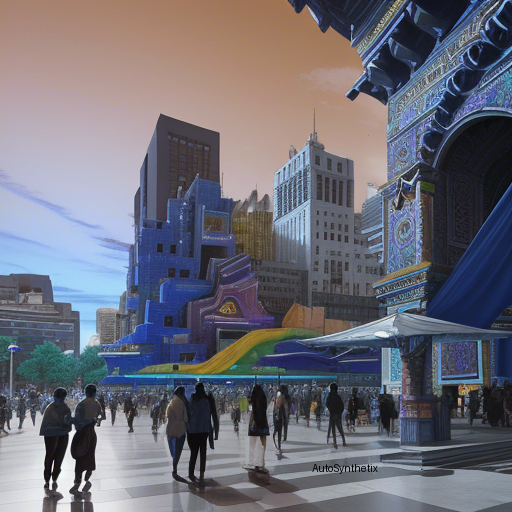Introduction
The rapid advancements in artificial intelligence (AI) technology, notably Generative AI models, including text-to-image generators (T2Is), have undeniably revolutionized creative domains across various sectors. While their immense potential holds great promise, recent studies raise significant concern over the latent perils lurking beneath the surface – particularly in relation to stereotyping, marginalization, and misrepresentations concerning non-western cultures. In a thought-provoking exploration, researchers delved deep into the intricate interplay between communities and emerging AI technologies, shedding light upon the underdiscussed challenges associated with deploying these revolutionary tools worldwide.
Community-Centric Investigation - Decoding Misrepresentations
To scrutinize the potential pitfalls within the realm of generatively created visual narratives, a multi-faceted study was conducted through a series of five focus group discussions encompassing diversely rooted Indian subcultures. Adopting a 'grounded theory' analytical framework, the team meticulously examined the output generated by current state-of-the art T2Is in response to verbal cues related to distinctly Indian ethnoi, unearthing previously overlooked aspects of harm inflicted upon non-dominant societies via misconstrued representations.
Novelties Revealed - Exoticism, Misappropriated Culture & More
Amongst the myriad revelations emanating from the investigation were two striking phenomena hitherto largely ignored - "Exoticism" and "Cultural Misappropriation." As the former unfolds, Western audiences often encounter visually skewed portrayals of Eastern cultures, reinforcing age-old prejudices and exacerbating orientalist tendencies embedded deeply in collective consciousnesses. Conversely, the latter manifests itself in the unwarranted cooptation of indigenous symbols, motifs, beliefs, and practices, further perpetrating the erasure of ethnic identities.
A Call For Inclusivity And Sensitivity - Design Guidelines Towards Equality
Given the alarmingly apparent consequences stemming from the misalignment between technologically advanced imagery generation mechanisms and societal nuances, there exists an imperative demand for inclusively designed AI algorithms catering to multifaceted cultural landscapes. Drawing inspiration from a socio-technological standpoint, the researchers put forth a set of guiding principles aimed at rectifying the disparities inherently entwined with present state-of-affairs. By implementing these recommendations, they hope to pave the path towards fostering a more democratic virtual environment where cultural sensibilities find due recognition.
Conclusion - Embracing Collective Responsibility In Shaping Tomorrow's Technologies Today
As society continues to grapple with the double-edged sword presented by technological progress, the responsibility falls squarely upon innovators, policymakers, academicians, engineers, artists, and every individual invested in creating a fairer tomorrow. With heightened awareness comes the power to instigate change, ensuring future generations inherit a world devoid of the oppressive biases seeping insidiously from seemingly progressive creations. Bridges must be built bridging the gaps between evolving tech ecosystems and the rich tapestry of human civilizational accomplishments, safeguarding our common heritage against the encroachment of misconceptions nurtured in the digital domain. ]]>
Source arXiv: http://arxiv.org/abs/2407.14779v2
